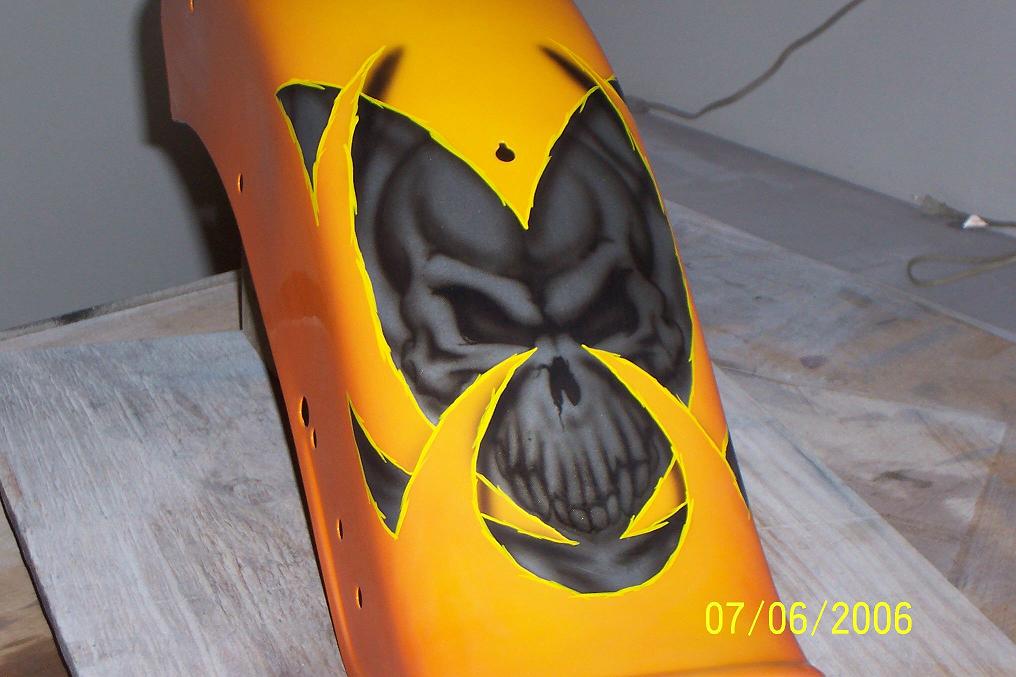
 |
|
||||||||||||
|
|
|||||||||||||
|
|
|||||||||||||
|
|
|||||||||||||
|
Surface preparation before applying the protective coating Surface preparation before applying the protective coating is obligatory! On clean metal, without any contamination, the layer of metal, paint, etc. is laid evenly, adheres well to the surface, and subsequently does not peel off. Even the best and highest quality coating will not have high protective properties if the surface has not been properly prepared in advance! Preparation of the metal surface greatly affects the corrosion resistance of the product. Preparation of the metal surface includes cleaning from grease, oxide films, dirt, etc. Surface preparation is carried out by the following methods: mechanical cleaning, degreasing and etching. Sometimes only one method of cleaning is enough, but in other cases all of them are used. Each stage of cleaning can be repeated several times depending on the severity of the contamination. For example, steel bolts that have been stored in lubricants can be degreased two or three times. Mechanical cleaning Mechanical surface cleaning is used to clean the metal of scale, rust, oxide films, casting crusts, old paint material, etc. Mechanical cleaning removes the above-mentioned contaminants, often together with the top layer of metal. Preparation of the surface by mechanical methods includes: abrasive blasting (sandblasting, hydroblasting, shot blasting, etc.), grinding, polishing, brushing, etc. It is most often used for cleaning large-sized and medium-sized objects with a rather thick cross-section. Mechanical processing is carried out in special machines of drum, chamber and other types. They are made of cast iron or high hardness alloys. As an abrasive material, quartz sand, corundum, steel or cast iron grit and many others are used. Under high pressure, compressed air (or liquid) with abrasive material comes out of a nozzle directed at the surface to be treated. The abrasive particles, hitting the metal, clean it. The machined metal surface is clean and uniformly rough. Sandblasting is a very good surface preparation method for virtually all coatings (which do not require a polished surface). Sand blasting with dry quartz sand is no longer popular, because it is very harmful for the master who performs it (develops an occupational disease - silicosis). Instead of usual sand blasting, treatment with metal sand, steel shot, abrasive powders, as well as hydroblasting is widely used. Treatment with metal sand is very widespread, because it is one of the most effective methods. Metal sand or steel grit with a particle size of 0.15 to 1.5 mm is used for its implementation. Almost all metals (except aluminum and its alloys) are processed with metallic sand or steel shot. In this case the particle size and air flow strength are set depending on the wall thickness of the metal item. Processing with abrasive powders is also a quite effective method of cleaning the surface from old protective coatings etc. This method is an alternative to dry sandblasting, because dry abrasives are used for its implementation. In addition, the equipment used is the same. Grinding and polishing are carried out to make the metal shine, as well as to remove irregularities. These methods are implemented on special machines, or manually (using sandpaper, etc.). Mild scale and sludge can be removed using a brush, which is made from a thin brass wire. This process is called quartzing. Grinding is a method of surface preparation before applying a protective coating, which requires abrasive tools (belts, rotating grinding discs, bars, etc.). Coarse grinding (roughing) often uses discs that consist entirely of abrasive material (grinding or sharpening stone). Rough grinding can remove a thick layer of scale, metal overlaps, burrs, bumps, sinks, etc. from the surface. The abrasive often are large fractions of corundum (Al2O3), silicon carbide (SiC carborundum), emery (30-35% Fe2O3 and 60-70% Al2O3). The grain size is about 250-1200 microns. As a binder, liquid glass is used, as well as various kinds of clays and resins. |
|
|
|
|
|
|
|
| Site Map |